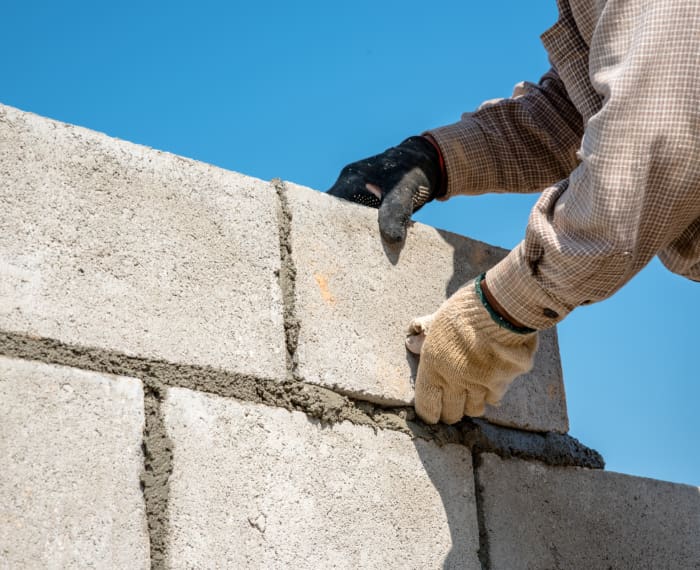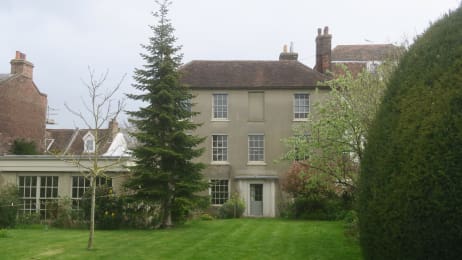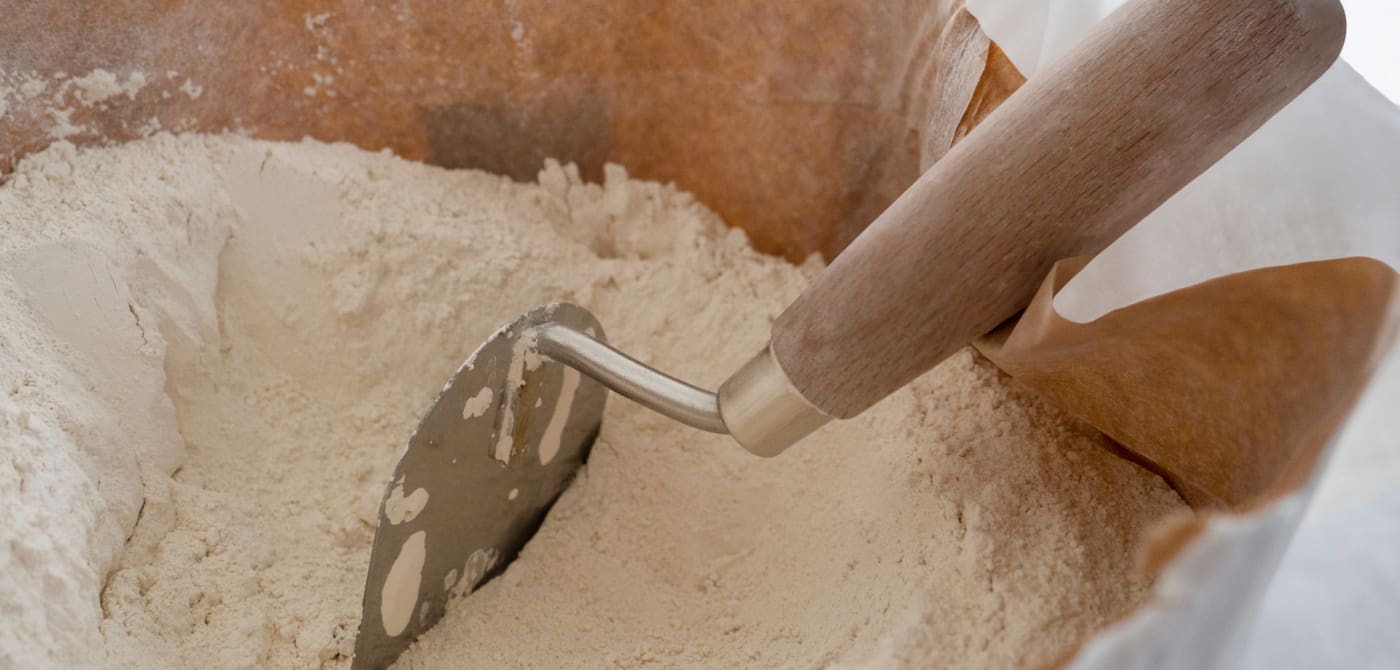Discover more
Looking after an old house
Our site is focused on ‘Old Houses’ – on the materials they are built with, and how these materials respond to our rapidly changing environment.
An ‘Old House’ is defined as “A solid walled structure, built using breathable materials”. It used to be defined as “Pre 1919” but it was a pretty unhelpful definition. Now we talk about solid walls, and breathability, and can start to unlock the secrets of what makes a warm and dry ‘Old House’. All of this is pretty much defined in the new BS 7913:2013 – Guide to the Conservation of Historic Buildings. (Which should more aptly be called ‘How to look after an old house’)
Examples
What are these materials?
whether a rubble stone cottage built with loose boulders picked from fields, or a Palladian mansion with huge blocks of sawn Bath Stone. Brick – once only accessible to the rich, from the soft, gentle red hues of 16th Century handmade, to the harder flinty blue colours of Victorian engineering brick.
Used by the Romans, and the product of thousands of ruinous limekilns scattered all over the country – appearing wherever limestone fortuitously outcropped in field and track. In some parts of the country, lime was scarce, and mud was used to bed stonework, even to make the walls
All forms of earth construction. And timber-framed buildings – still solid walled – with their infills of wattle and daub, replaced with brick as they slowly decayed over hundreds of years.
How it works
Breathable materials
All these materials have one thing in common. They are breathable. The structures they form allow air to diffuse freely through them. They are the lungs of our buildings. If we let them breathe, the house stays dry and warm. If we strangle them, the house dies – moisture is trapped, walls become cold and damp, timber starts to rot, mould and mildew start to creep into every corner.
As historic building surveyors, our biggest challenge is to unravel the history of a building. We want to unearth it’s origins, the way it was originally built and designed – the materials that were used. Once we understand this, we can start to predict what problems will be present – what modern materials are likely to be causing problems, and why.

Common mistakes
Modern materials
It is the inappropriate use of modern materials like gypsum plaster, cement, concrete – sealants such as silicone, mastic, acrylics, that trap moisture into old buildings. This has given rise to the damp industry – an entire multi-million pound industry segment based entirely on public misunderstanding of materials. Single-handedly, this industry has done more damage to old buildings than the combined ravages of the weather and a World War.
In this section, we will try to unravel some of the myths about materials used to build houses and give you the confidence to understand what you are looking at.
And it takes me a long time to write it all – so please be patient!! Help in the form of bottles of nice Aussie Shiraz can be sent to the Heritage Consulting office.
Find out more
Related articles

Get in touch with the Heritage Consulting team today
Our friendly and experienced team are on hand to help with any of your questions or concerns. Get in touch today to see how we can help you.
Contact Us
